
11-26 #FU : EU to unlock the EUR43B funding intended to boost research and development; Qualcomm has announced a name for its custom Arm cores, Oryon; Micron will reduce wafer production for DRAM and NAND memory by about 20%; etc.

EU ambassadors gave their unanimous backing to an agreement that could unlock the EUR43B (USD44.8B) funding intended to boost research and development and deliver greater self-reliance in semiconductor supplies for European nations. This is the latest move in the saga of the European Chips Act, unveiled earlier 2022, which aims to bolster European competitiveness and resilience in semiconductors, with a target of doubling the current market share of the EU to about 20% of global semiconductor production by 2030. Germany, NXP CEO Kurt Sievers has said it would require something in the region of EUR500B investment for European chipmakers to reach the 20% market share proposed, rather than the EUR43B being put forward. (My Drivers, The Register)

Sony Semiconductor Israel has launched a chipset for massive IoT networks with 5G, satellite and LPWAN connections that it says has the lowest power consumption. The ALT1350 is the world’s first chipset to combine cellular LTE-M/NB-IoT with sub-GHz low power wide area network (LPWAN) communication protocols and satellite connectivity (NTN) as well as an AI-enabled sensor hub.(Laoyaoba, Sony, EE News Europe)
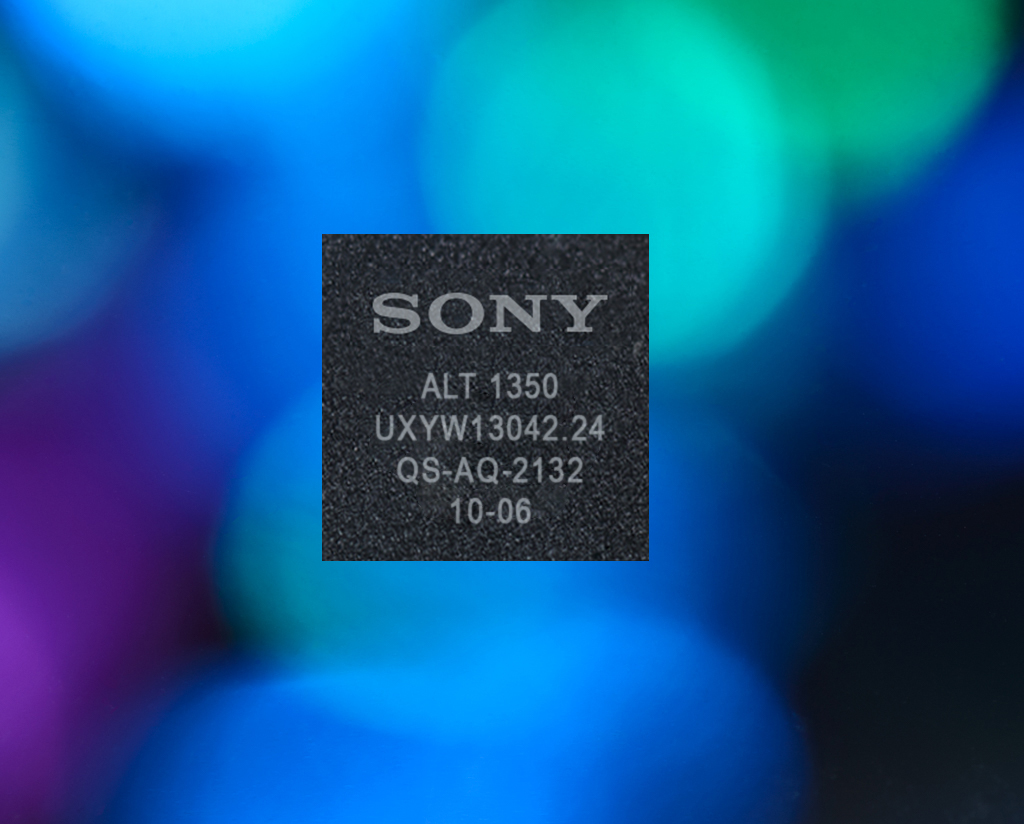
At the start of this year, semiconductor suppliers were enjoying a strong influx of orders due to robust post-Covid-19 economic activity. Booming demand pushed most wafer fab utilization rates well above 90%. Many semiconductor foundries operated at 100% utilization. Capital spending budgets for 2022 were set in place to reflect the strong ongoing demand. Halfway into 2022, however, that outlook abruptly changed. Soaring inflation quickly slowed the global economy, forcing many semiconductor manufacturers to reduce their aggressive expansion plans. As a result, IC Insights has revised its 2022 worldwide semiconductor capital spending forecast to show a 19% increase in 2022 to USD181.7B. The revision represents a decrease from USD190.4B and 24% growth that was initially forecast. Though lowered from the initial outlook, the revised capex forecast will still amount to a new record high level of spending. (Laoyaoba, IC Insights)
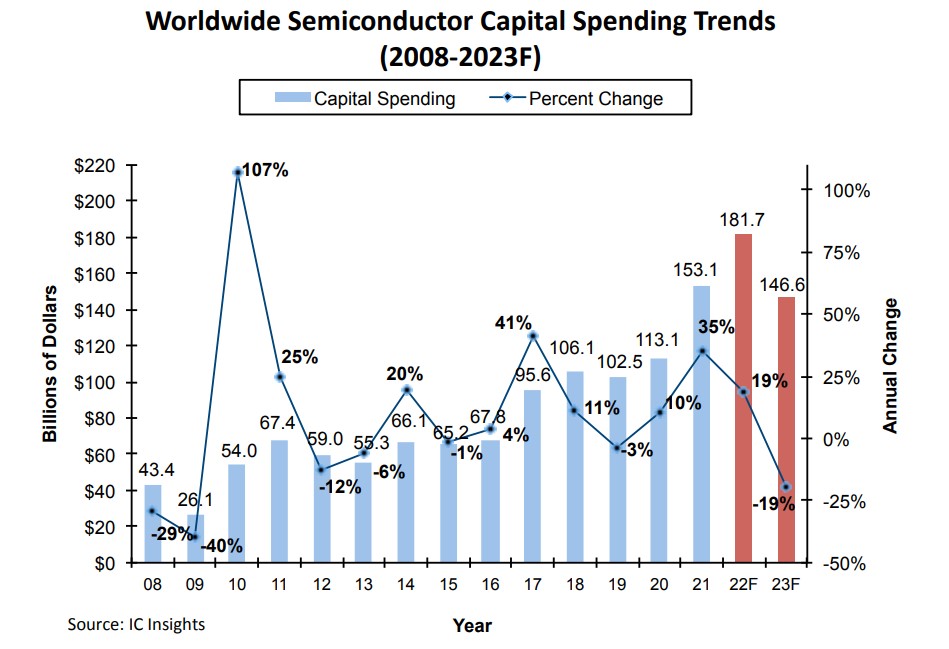
Samsung Electronics will establish a new global research organization under the DS Business Division in Dec 2022. Currently, Samsung Group has several research organizations, including Samsung Research, which is operated by Samsung Electronics for research on advanced technologies, Samsung Securities Research Center, and Samsung Global Research. However, these research organizations are dispersed and focus on different fields, with none of them undertaking in-depth analyses of the semiconductor industry.(Laoyaoba, Business Korea)
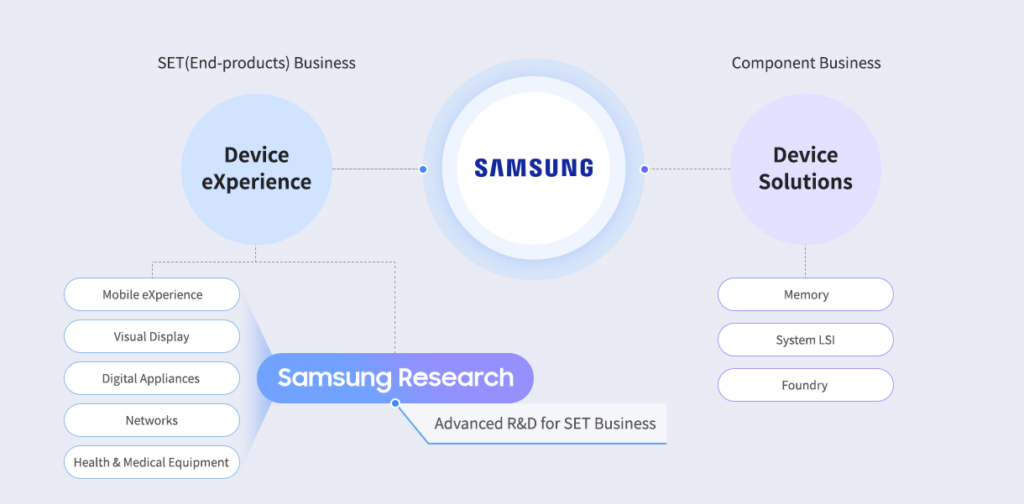
Qualcomm has announced a name for its custom Arm cores, Oryon. Qualcomm has acquired Santa Clara firm Nuvia for USD1.4B back in Jan 2021. Nuvia was working on custom Arm architectures. As it stands now, Qualcomm’s CPUs are based on Arm’s designs. The new Qualcomm Oryon based chips were set to be sampling with OEMs in 2H22, and while Qualcomm had originally said devices would ship in 2H23, that seems to have been pushed back to 2024. Today’s Qualcomm Snapdragon system-on-chips use Kryo CPU units, which are made up of cores designed by and licensed from Arm.(Laoyaoba, Notebook Check, XDA-Developers, The Register, Windows Central, Qualcomm, Digitimes)


Samsung has filed a patent for a dual-display laptop. The Samsung patent suggests one display that can be folded. The patent was filed way back in 2020 at the United States Design Patent and was published on 22 Nov 2022. The patent images suggest a large foldable display that can fold from the middle to create the main screen and a secondary screen. The part of the screen that is right next to the keyboard could be used as a virtual trackpad.(Pocket-Lint, 91Mobiles)
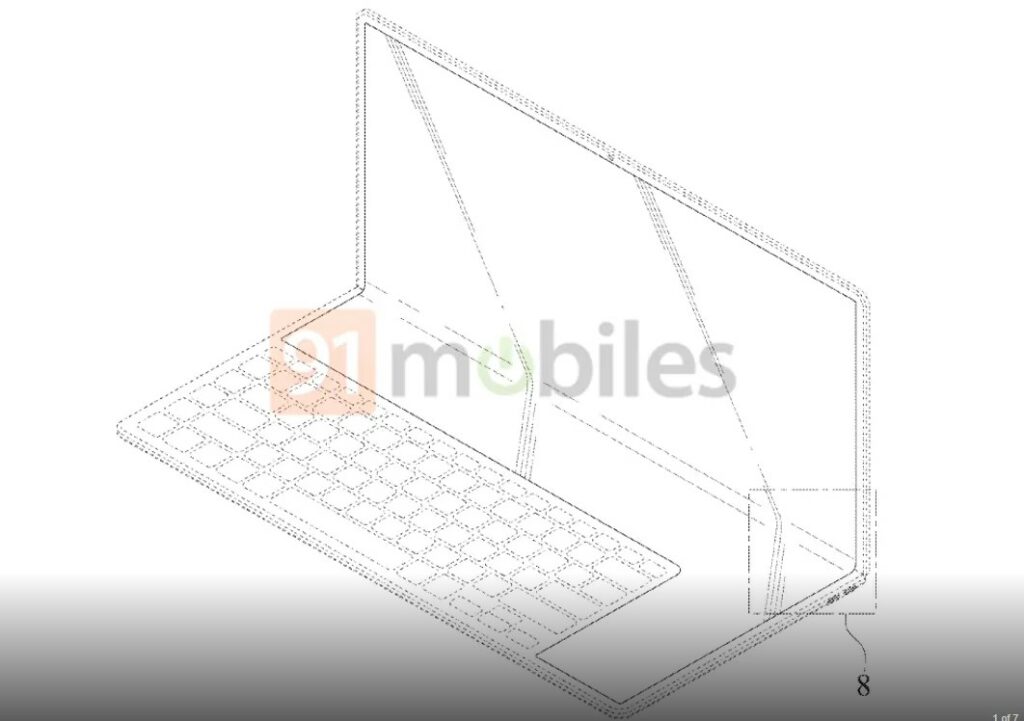
OPPO’s “A Foldable Electronic Device” patent was granted. The present application provides a foldable electronic device, which includes: a housing assembly, a flexible display, a control circuit board, and a detachable functional module; the housing assembly includes a first housing, a second housing and a rotating component; the flexible display screen straddles the rotating component and is connected with the first casing and the second casing to switch between the folded state and the unfolded state with the first casing and the second casing; the control circuit board is arranged on the first casing In the first housing or the second housing, the surface of the first housing is provided with connecting terminals; the detachable functional module is detachably connected to the outer surface of the first housing, and is electrically connected to the control circuit board through the connecting devices.(Laoyaoba, Sina, Huanqiu)
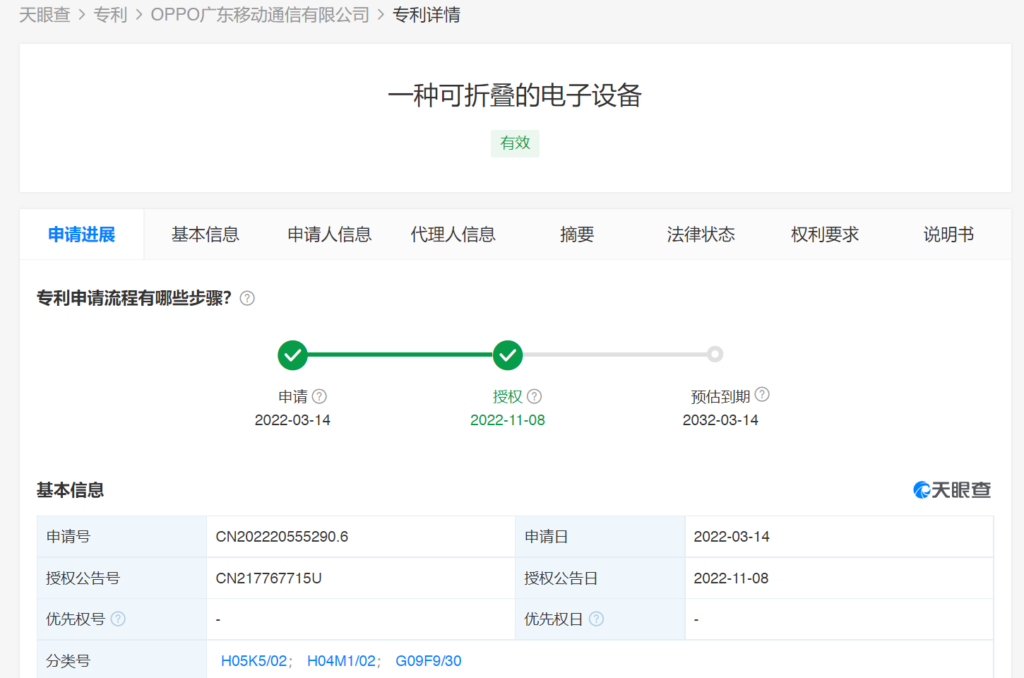
Visionox has announced that the company is signing the “Investment Cooperation Agreement on Hefei’s 6th Generation Flexible Active Matrix Organic Light-Emitting Display Device (AMOLED) Module Production Line Project” with Hefei Dongxin and Hefei Xincheng. The total investment of the project is CNY11B, of which the registered capital of the project company is CNY5.5B, Hefei Dongxin contributes CNY2.5B (45.4545% of equity), Hefei Xincheng contributes CNY500M (9.0910% of equity), and the company contributes CNY2.5B (equity accounted for 45.4545%), the company gave up part of the priority to subscribe for capital contribution rights (CNY3B).(Laoyaoba, Sina, CS.com, EET China)


vivo product manager Han Boxiao has expressed his gratitude to other vendors for their determination to promote the smooth emergence of the 1” sensor, and latecomers will also thank us for using all their accumulated lens technology to create the most powerful 1” hardware solution at the moment. He also said that there is no such thing as the so-called prediction that the 1” sensor would populate tha mrket in 2023. As far as he knows, as there is no better module than this one, some simply use their version, and some have studied for a long time to get other sensors.(My Drivers, EET China, iPhone Wired)
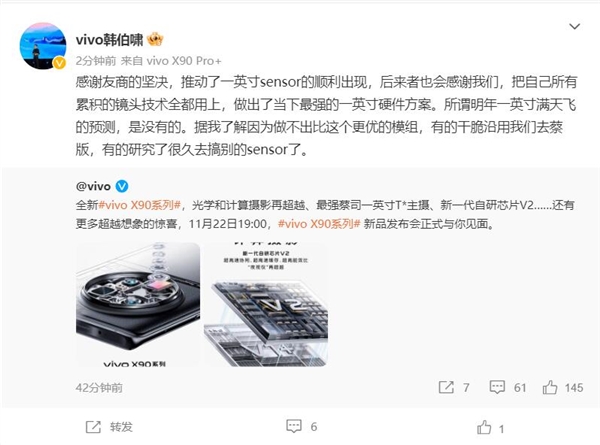

Micron will reduce wafer production for DRAM and NAND memory by about 20% compared to its fiscal 4Q22. The company has said the market outlook for 2023 has weakened, with negative growth for DRAM and single digit growth for DRAM. Micron believes to balance inventory in the supply chain, YoY DRAM supplies will “need to shrink” while NAND supplies will “need to be significantly lower than previous estimates”. (Reuters, Micron, WSJ, Fierce Electronics)

Sensor unit shipments are forecast to grow just 1% in 2022, but will nudge up to a record-high 30.8B devices compared to 30.4B in 2021. Total sensor sales in the fourth quarter were on an annual pace to grow 13% in 2022 to an all-time high of USD14.4B from USD12.7B in 2021, according to IC Insights. Tight supplies and shortages of sensors for automotive systems, industrial equipment, and other embedded-control applications have significantly increased the average selling price (ASP) of these semiconductors. IC Insights expects the 2022 ASP for total sensors will be 11% higher than in 2021, representing the largest one-year price percentage increase in more than two decades. Sales in two major sensor categories are expected to finish in 2022 with double-digit percentage increases: +15% for acceleration/yaw sensors; and +20% for magnetic-field sensors (including electronic compass chips often found in navigation applications). Meanwhile, sales of pressure sensing devices (including microphone chips) are forecast to only grow 5% in 2022 due to constraints in automotive production and a drop off in smartphone shipments in 2022. (Laoyaoba, IC Insights)
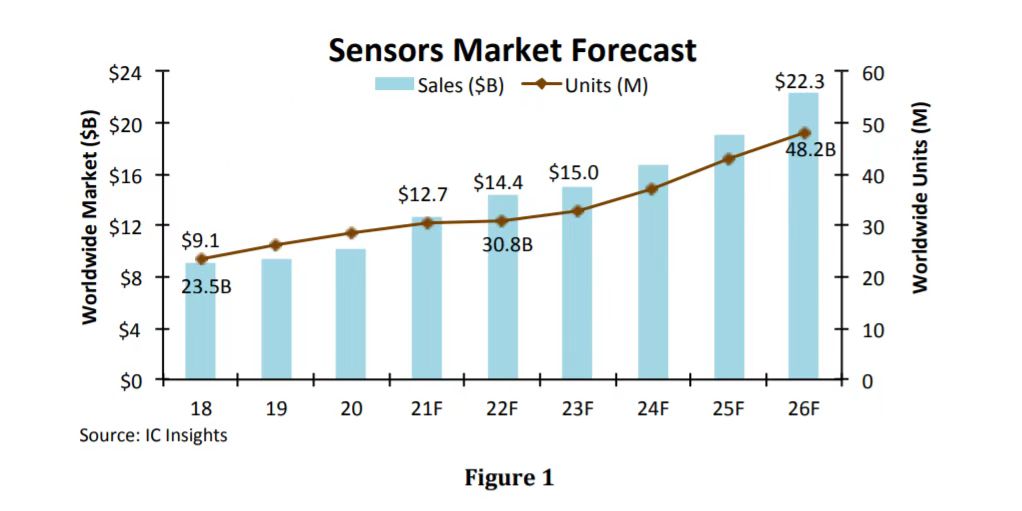

vivo has two phones got their 3C certification with 80W charging. The two phones have model numbers V2245A and V2244A and got China’s compulsory 3C certification. Although 80W charging is impressive, these two phones are likely mid-range phones.(GizChina, IT Home)
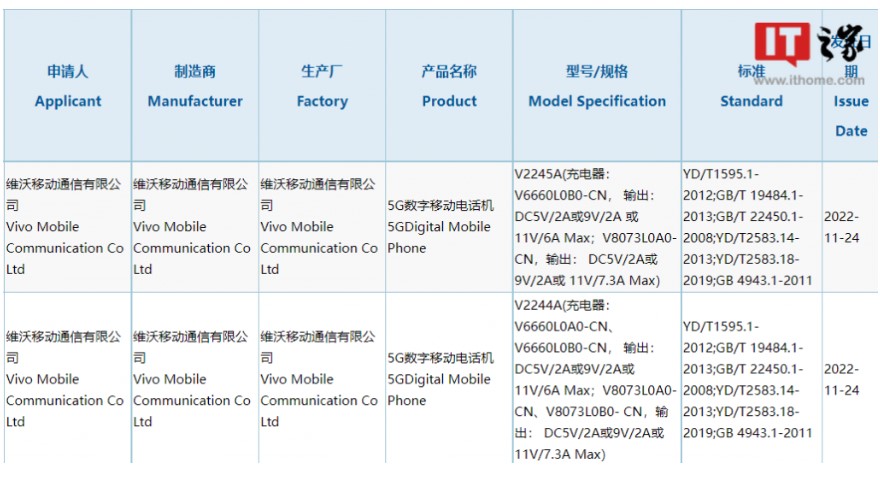
The Brazilian Ministry of Justice has ordered the suspension of iPhone sales in the country after it concluded that Apple harms consumers by not offering the power adapter when they purchase the device. Even after the company was slapped with a million-dollar fine, it is still not complying with the order. Now, the regulator for Federal District-based consumer protection has seized Apple iPhones from retailers or retail stores as the technology giant failed to comply with the requirements. (Gizmo China, Technoblog, 9to5Mac)
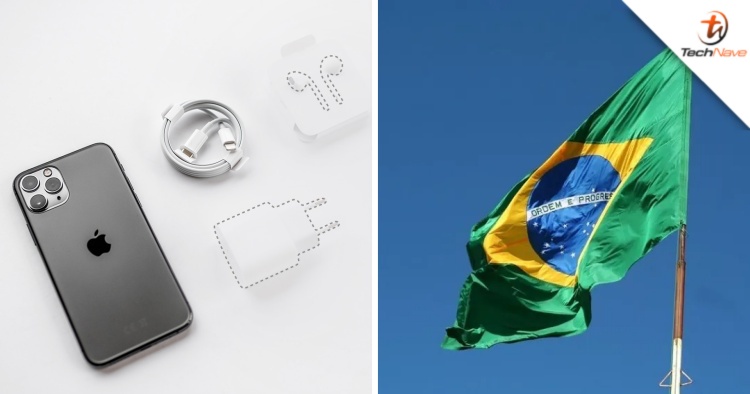

Germany’s Federal Cartel Office (FCO) is claiming credit for Meta untying its virtual reality (VR) headsets from its social accounts — a change of direction the company announced back in Aug 2022, when it began to roll out Meta accounts and Meta Horizon Profiles, saying these accounts could be used to log into its virtual reality products in place of logins for Facebook and Instagram (while still allowing the latter options as a user choice). However, despite winning this concession from Meta, the Bundeskartellamt is not closing its probe of its VR offerings. It said that it wants to keep an eye on how the tech giant presents these account choice options to VR users. (TechCrunch, Mixed-News, Telecom Paper, The Register, Bundeskartellamt)

Aqara, has teamed up with LG Uplus (LG U+), one of the top telecom operators in South Korea, and upgraded the co-branded smart home security solution for local users. This solution, named My Home Guard, includes both hardware devices and home security services jointly developed by both parties. Built on the previous generation, the updated solution features a more advanced home security camera with higher resolution, a pan-and-tilt motor, as well as AI-enabled human tracking and pet tracking. The original solution was first introduced to the market in September 2020 under the Aqara – LG U+ partnership.(Gizmo China, Business Wire)
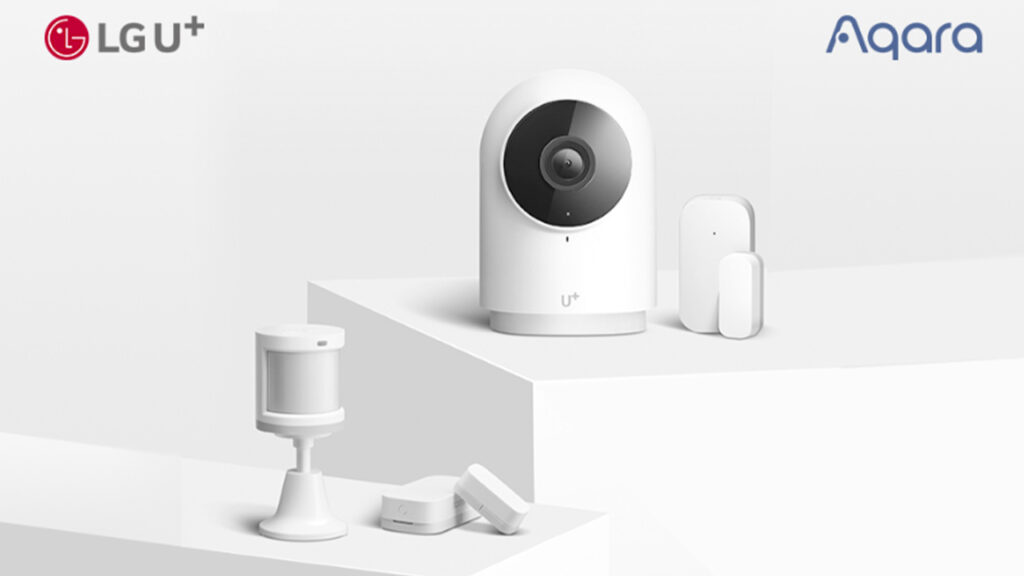

Sony and Honda are joining forces on new electric vehicles that could incorporate PlayStation 5 consoles. The company’s president Izumi Kawanishi has indicated that Sony has content, services and entertainment technologies that move people, and they are adapting these assets to mobility, and this is their strength against Tesla.(Gizmo China, Carscoops, The Verge, PCMag, FT, Eurogamer)
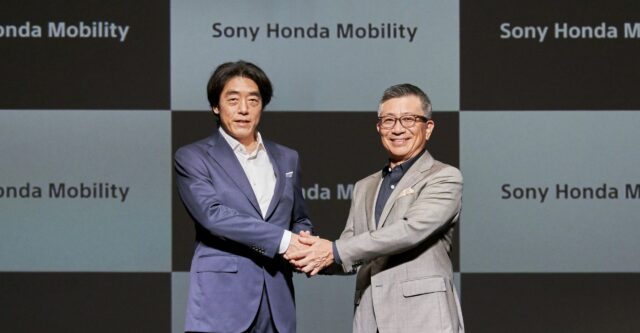
Honda has filed a trademark application for the Motocompacto, a likely tiny e-motorbike. The trademark filing draws similarities with the Honda Motocompo of the 1980s. The Motocompo was a tiny ICE motorcycle designed to fit inside the trunk of a small car. It offered drivers a way of extending their reach into the city. The first Motocompacto trademark was filed by Honda in 2020 with the United States Patent and Trademark Office. The vehicle was simply described as relating to an electric scooter in the 2020 filing. Another trademark filing with the Canadian Intellectual Property Office has now been made for Motocompacto.(Gizmo China, Cycle World)
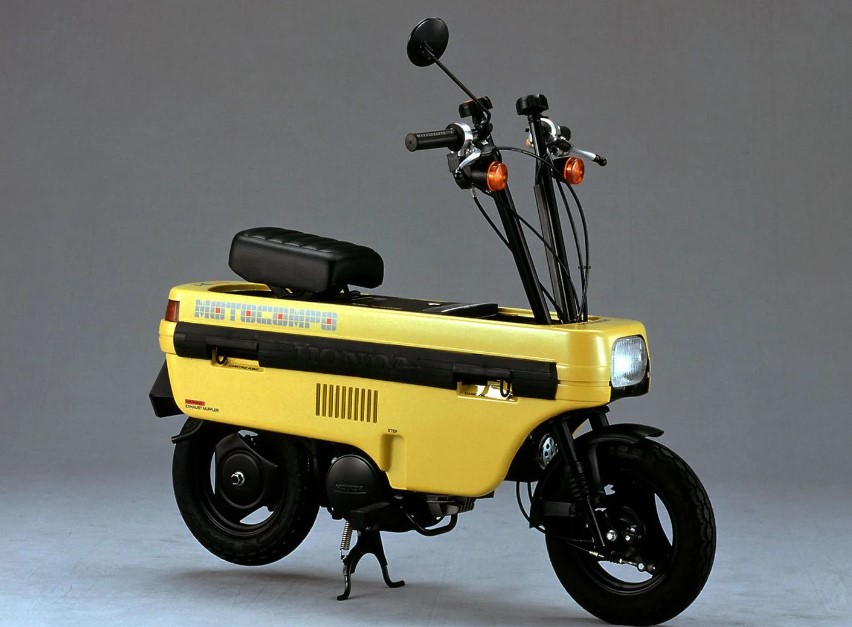
Waymo, the Alphabet company that aims to deploy fleets of robotaxis all over the country, has been quietly investing in weather research since its early days as a “moonshot” project out of Google’s X division. And while its autonomous vehicles still struggled to navigate certain inclement conditions, the company has gotten a lot better at detecting and predicting the weather in the cities in which it operates — even creating a fog map for San Francisco. Combined with special weather-detecting vehicles equipped with visibility sensors, Waymo is able to create a new meteorological “metric” that it then feeds to its autonomous “Waymo Driver” to aid its decision-making.(The Verge, Waymo)


Amazon will shut down its food delivery business in India by the end of 2022, retreating from a USD20B vertical it entered less than 3 years ago. The retailer will shut down the food delivery business, called Amazon Food, on 29 Dec 2022 in India. It launched Food in India in May 2020 in parts of Bengaluru. The company later expanded the service across the city, tying up with additional restaurants, but it never heavily promoted or marketed the platform.(TechCrunch, Economic Times, Reuters)
